Travelling exhibitions
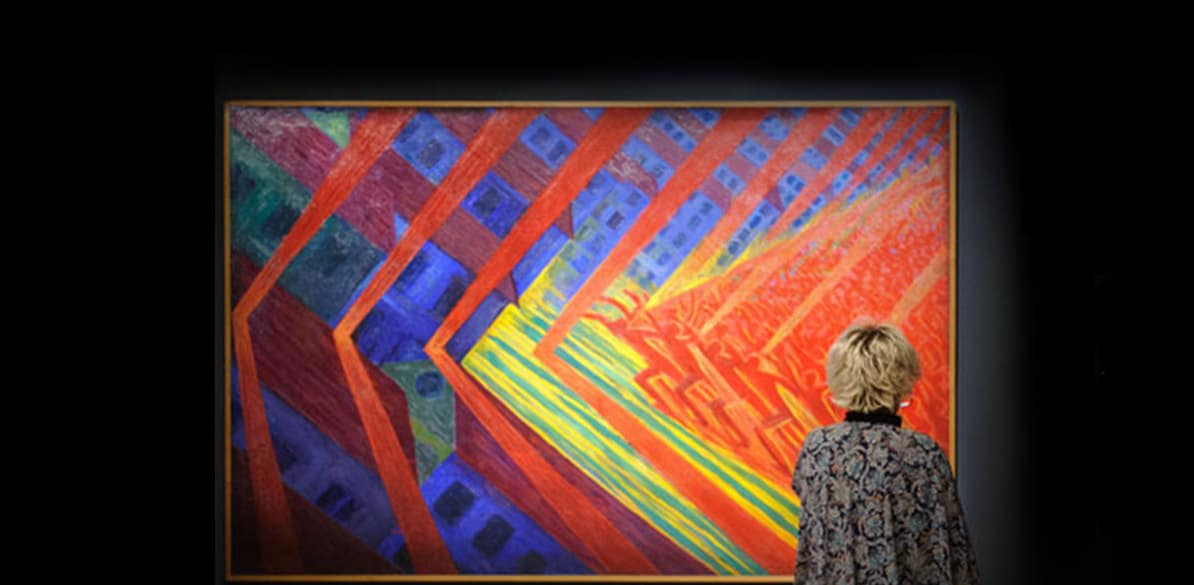
Our exhibition rooms in Madrid and Barcelona are not the only places you can enjoy our photography, drawing, painting and sculpture exhibitions. Once they have been presented in Spain, our idea is that they should be shared far and wide. We want to reach the rest of the world!
Thus the retrospective on Walker Evans headed to Sao Paulo, Stephen Shore to Berlin, Vanessa Winship to Las Palmas de Gran Canaria, the selection of drawings in our collection Hand with Pencil to El Salvador and From Divisionism to Futurism to the Museum of Modern and Contemporary Art of Trento e Rovereto, in Italy.
Part of our program travels to museums and cultural institutions in Europe, North America and Latin America. We want to take art to every corner of the globe. And we hope it reaches you too.
66 exhibitions
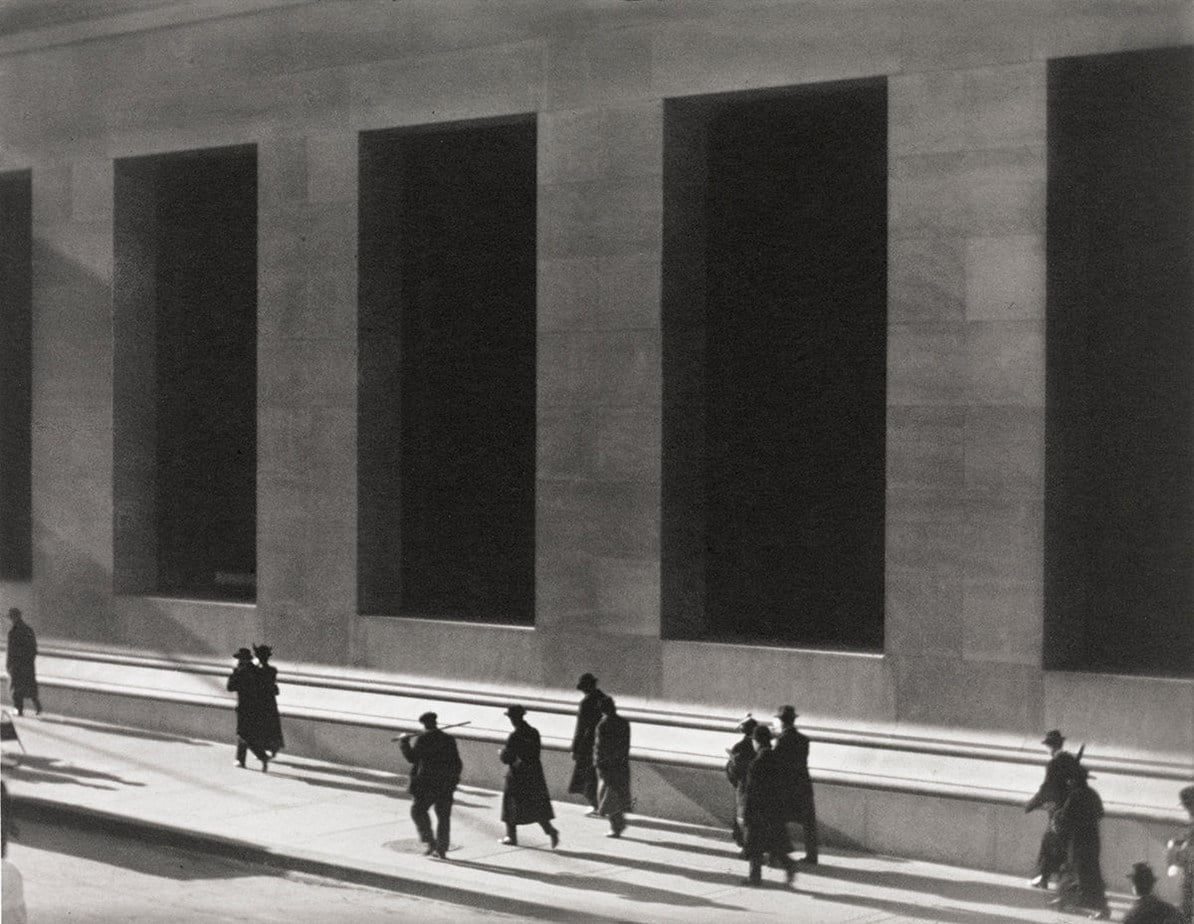
Paul Strand
Wall Street, New York, 1915
Fundación MAPFRE Collections
© Aperture Foundation Inc., Paul Strand Archive
Paul Strand. Direct beauty. Photographs from the Fundación MAPFRE Collections
–
Fondation Henri Cartier-Bresson, Paris
Straight photography. Abstraction. Documentary.
Born in New York, Paul Strand (1890-1976) was a man ahead of his time, fusing socially committed photography with more modern trends that explored naturalness, laying the foundations of what would later be known as “straight photography”. This artistic process stemmed from his knowledge of contemporary art derived from his relationship with artists and theorists, such as Alfred Stieglitz, together with his intuition and his capacity for synthesis.
The exhibition features a wide selection (110 images) of Strand’s photographs from Fundación MAPFRE’s collection, focusing on the different themes explored by the artist: geometries, landscapes, portraits and countries. Therefore, it does not only include his landscapes and urban scenes, marked both by a search for abstraction and a documentary approach, but also a number of anonymous faces portrayed with great naturalness, offering us an intimate perspective.
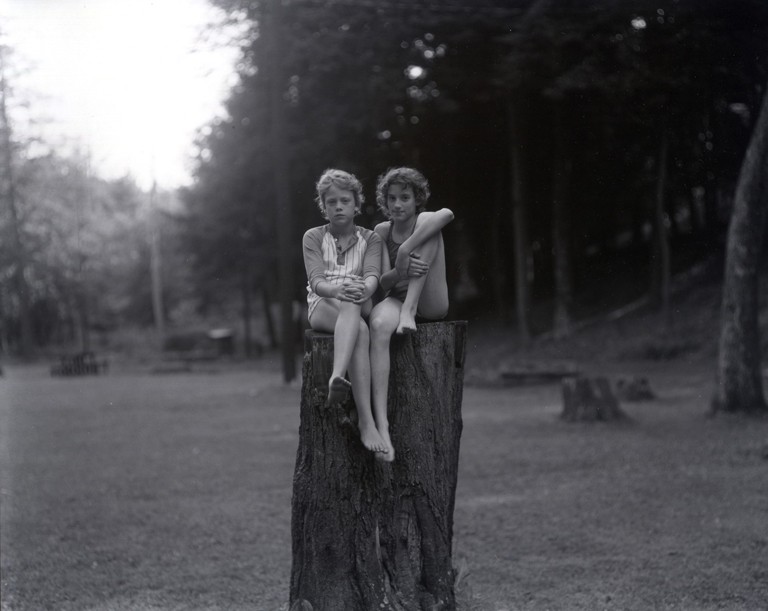
Judith Joy Ross
Untitled, Eurana Park, Weatherly, Pensilvania, 1982
© Judith Joy Ross, courtesy Galerie Thomas Zander, Cologne
Judith Joy Ross
–
Fotomuseum Den Haag, The Hague
Personal impulse. Portraiture. Searching for answers.
It took American photographer Judith Joy Ross some time to realise that photography helped her to make the world in which she lived more comprehensible. From that moment on, she has continued to use the medium to try to answer existential questions.
Since the 1980s, Judith Joy Ross has focused her work primarily on the genre of portraiture. Her images have the ability to unite the past, present and future of the individuals who pose in front of her camera. She is not a studio portraitist, nor does she go out into the street to capture a particular subject; instead, she works according to themes, which she calls “occasions”, and in each shot she takes, a kind of recognition is established between herself and the subject, even if this understanding lasts just for an instant, the time it takes to snap the photo.
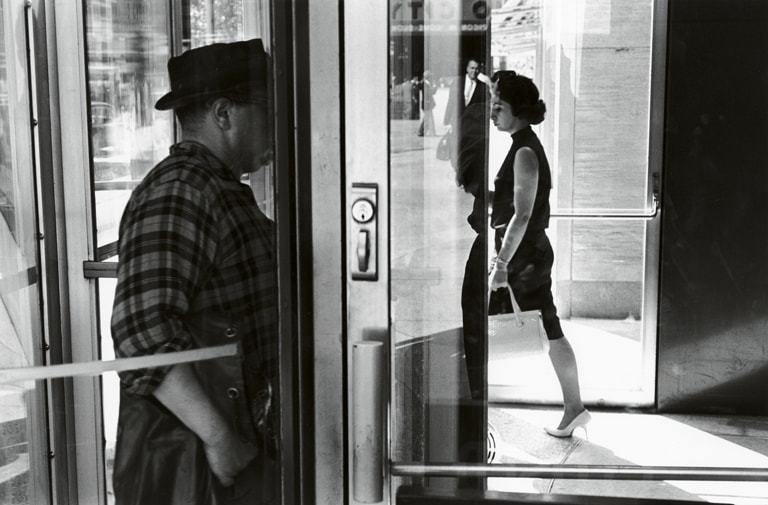
Lee Friedlander
New York City, 1963
© Lee Friedlander, courtesy Fraenkel Gallery, San Francisco and Luhring Augustine, New York
Lee Friedlander
–
Antiguo Instituto Jovellanos, Gijón
Documentalist. Social. Ironic.
Lee Friedlander has been a photographer almost since he was a teenager and throughout his long career he has produced a wide range of work. His images primarily record what he himself called, in the 1960s, the “American social landscape”.
This exhibition reveals a very prolific, curious artist who is also passionate about music and books, and who is still active today. His work brings together portraits, self-portraits, family photographs, shots of nature or cityscapes, often in series, which he assembles by thematic and stylistic associations developed over a number of years.
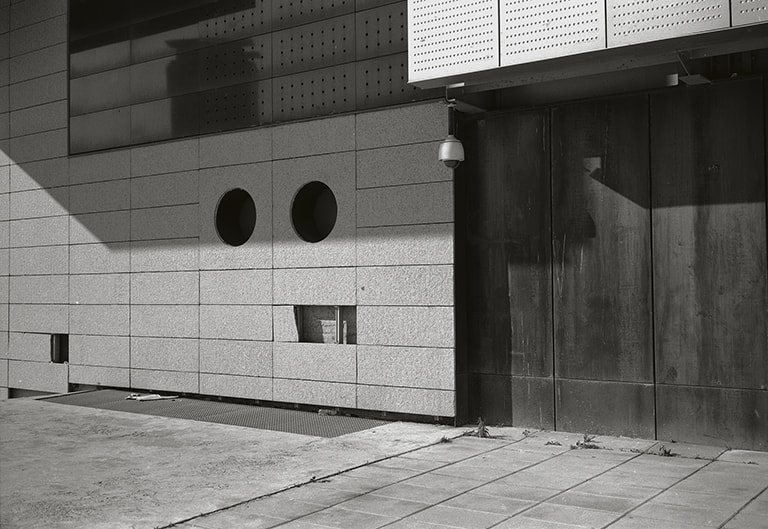
Jorge Ribalta
CCIB, plaza de Willy Brandt 11-14, 15 June 2011
From the series "Futurismo" (Futurism)
© Jorge Ribalta, VEGAP, 2021
Jorge Ribalta
–
Museo de la Universidad de Navarra
Documentalist. Illusionist. Critic.
Jorge Ribalta is a curator, art critic and photographer, activities that he has been combining since the beginning of his career in the 1980s. In 2005, his work underwent a radical change that divided it into two opposing periods, at least in terms of basic concepts. During the first of these, his work focused on poetically exploring the constructed naturalism of photography, while in the second he redirected his projects towards reinventing the documentary.
Ribalta’s images ‒shot mainly in black and white using analog film‒ are the fruit of rigorous and nuanced observation. Through his work, the artist takes a journey through the changing landscapes of the late capitalism of our time.
This exhibition shows the passage from illusionist staged photography, which began in 1987, to his arrival at documentary photography, which he continues to pursue today.
This exhibition is being co-produced by Fundación MAPFRE and the Museo Universidad de Navarra.
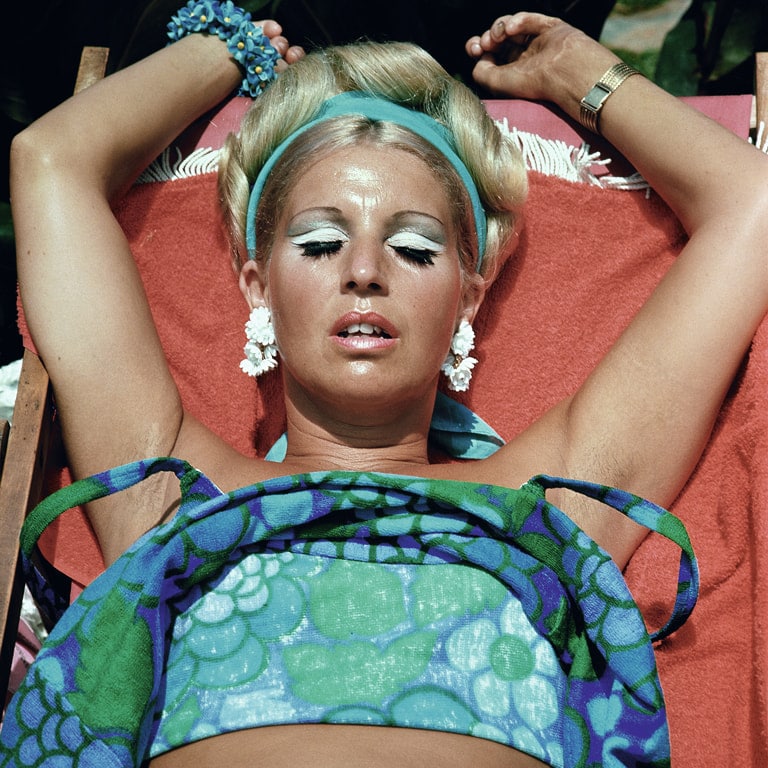
Carlos Pérez Siquier
Marbella, 1974
© Pérez Siquier, VEGAP, Madrid, 2023
Carlos Pérez Siquier
–
A sense of humor. Black and white. Color.
One of the most outstanding characteristics of the work of Pérez Siquier, a seminal figure in Spanish photography, is that, from the beginning of his career in the 1950s, he maintained his status as a peripheral artist, since he lived all his life in his native Almería. From there, over a period of more than sixty years, Pérez Siquier created a photographic corpus that penetrates, tangentially but also in a deep and incisive way, into the debates of that time. His series are populated by the periphery of society, the visual alterations arising out of Franco-era developmentalism, the cultural shock produced by the massive influx of foreign tourists to Spain, and the penetrative gaze of a different way of seeing things.
This exhibition, which aims to boost the international recognition of a figure who won the Spanish National Photography Prize in 2003, covers his most important series. The Pérez Siquier exhibition is FFF’s contribution to Spain, their Guest of Honor at this year’s Frankfurt Book Fair and it is being co-organized by Fundación MAPFRE and Acción Cultural Española (AC/E) in collaboration with FFF.

Lee Friedlander
New York City, 1963
© Lee Friedlander, courtesy Fraenkel Gallery, San Francisco and Luhring Augustine, New York
Lee Friedlander
–
Everyday life. Critique. Social landscape.
Lee Friedlander is one of the most influential photographers of our time. Reconstructing his heterogeneous work means immersing ourselves in a world laden with everyday, recognizable elements that, on closer inspection, take on a different, more complete meaning.
Considered one of the key artists of the twentieth century, and after more than sixty years of taking photographs on a daily basis, he continues to renovate his language. In this search for visual metaphors that are difficult to understand, despite their apparent ordinariness, his critical gaze reflects, albeit with strictly formal intent, the enormity and chaos of American society.
The exhibition offers a journey through his extensive body of work, a portfolio that is almost always grouped in series, sets of photographs developed over several years. The works on display include photographs belonging to the Fundación MAPFRE Collections.
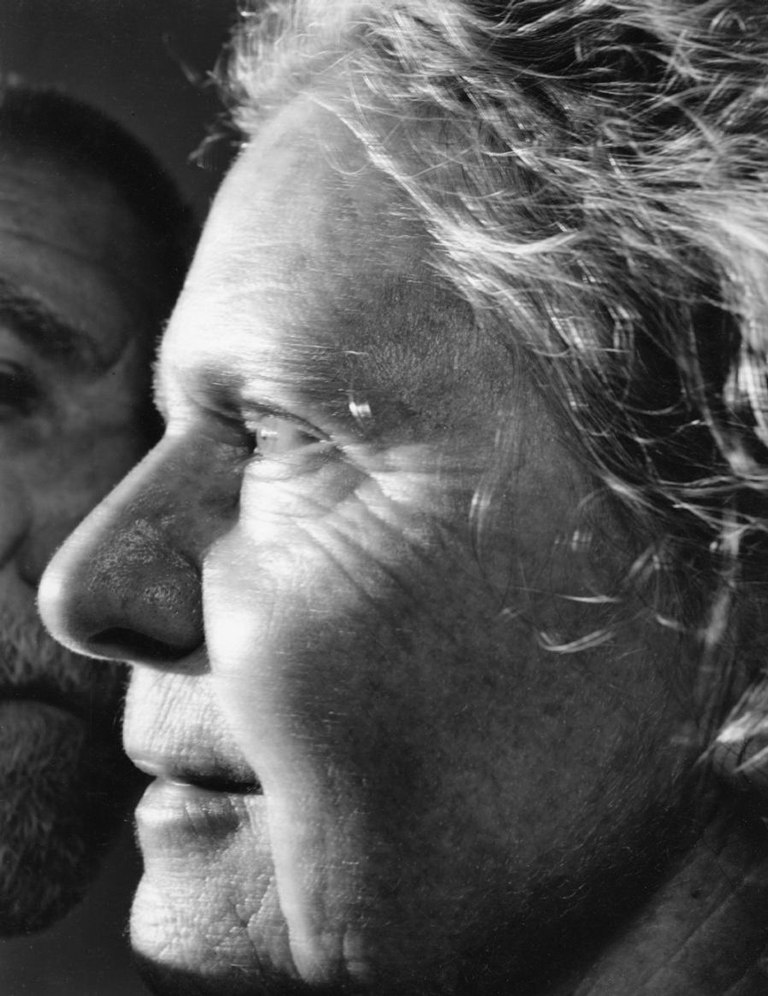
Bebe, Savignac de Miremont, 2011
Gelatin silver prints, contact
© Nicholas Nixon.
Fundación MAPFRE Collections.
Nicholas Nixon. The Brown Sisters
–
Intimacy. The passage of time. Vulnerability.
When in 1974 Nicholas Nixon took a photograph of his wife Bebe and his sisters-in-law Mimi, Laurie and Heather, he did not know that this would be the start of the series known today as The Brown Sisters, one of the most compelling investigations of portraiture and time in contemporary photography. Currently, this work in progress, which expands each year with a new image, is composed of 45 images created in silver gelatin.
The series exudes a familiar air that transports us back to past moments and emotions. Its strength lies in its repetition (the four women are always portrayed in the same order, looking at the lens) and in the change of rhythm within that repetition, which has been proceeding, year after year, since 1975. Each of the images takes on body and meaning in relation to the others and, as a whole, contemplated as a series, they become instants of equilibrium within the incessant rhythm of transformation.
Nicholas Nixon (Detroit, Michigan, 1947) occupies an outstanding and singular place in the history of recent photography, combining his personal activity as a photographer with his work as a professor of this discipline at the Massachusetts College of Art in Boston up until 2017. His work, which employs a very refined technique and careful composition, draws us into the daily reality of the people he portrays. His closeness and humanity make the viewer participate and identify with the emotions that underlie his images.

Judith Joy Ross
Untitled, Eurana Park, Weatherly, Pensilvania, 1982
© Judith Joy Ross, courtesy Galerie Thomas Zander, Cologne
Judith Joy Ross
– 18
Comprehension. Personal impulse. Capturing the commonplace.
Judith Joy Ross photographed people as a way of understanding the emotional world of those around her. Today, she is considered one of the most influential portrait artists. It is a genre through which she is able to capture the present, past and future of the individuals who step in front of her camera.
Her portraits are often framed in the context of a previously chosen subject: Eurana Park; visitors to the Vietnam War Memorial; members of Congress during the Iran-Contra (Irangate) scandal; Hazleton school children; and specific places such as Easton, Pennsylvania, where she was born, raised, and still lives today.
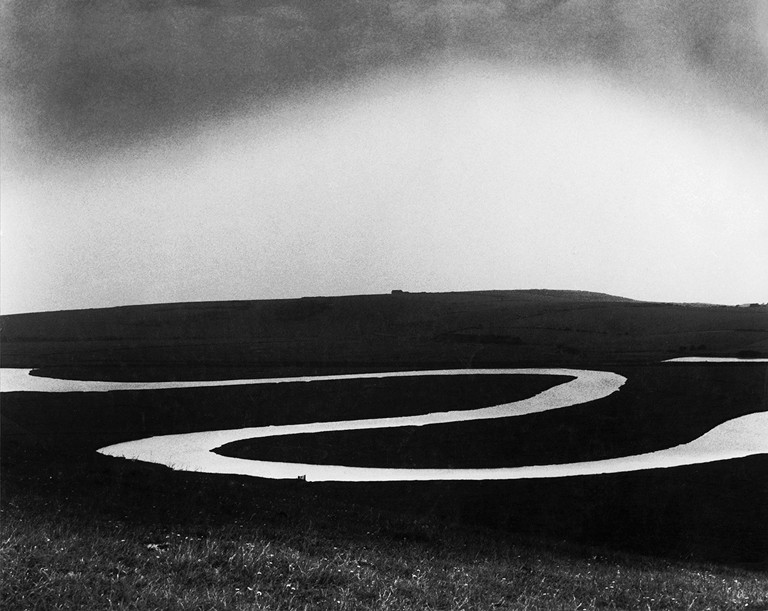
Bill Brandt
Río Cuckmere, 1963
Private Collection. Courtesy of the Bill Brandt Archive and the Edwynn Houk Gallery.
© Bill Brandt / Bill Brandt Archive Ltd
Bill Brandt
– 18
Surrealism. Portraiture. The sinister.
Bill Brandt’s conception of photographic language as a powerful means of contemplating and understanding reality, but always from a primacy of aesthetic considerations over documentary aspects, makes him one of the founders of modern photography.
His work expresses a permanent attraction to everything strange, to everything that causes attraction and strangeness and provokes unease. Unheimlich, which is usually translated as “the strange”, “the sinister”, “that which produces uneasiness”, is one of the characteristic features that we find throughout his career.
Almost all of his images, both those of a more social nature from before the war and those from his subsequent more “artistic” stage, are strongly poetic and maintain that halo of strangeness and characteristic mystery where, as in his life, reality and fiction are always mixed.
